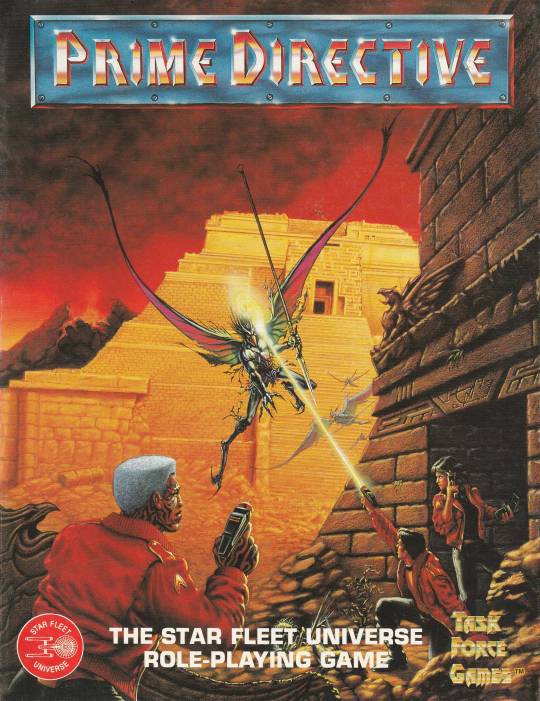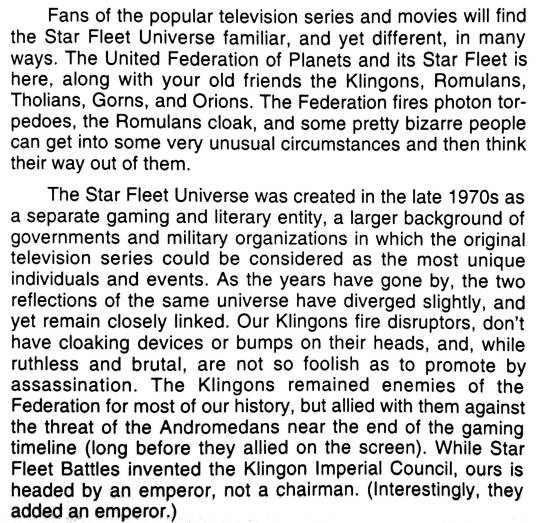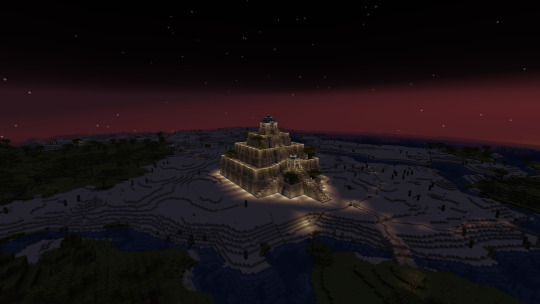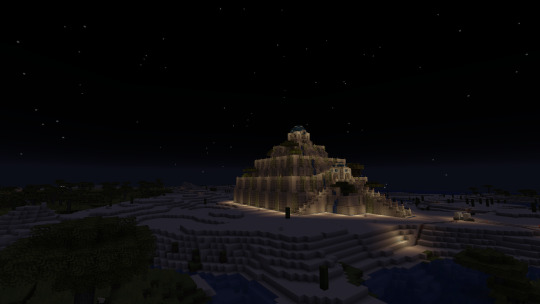#ziggurat
Explore tagged Tumblr posts
Photo

A Gallery of Mesopotamian Religion
Mesopotamian religion was informed by the belief that humans were co-workers with the gods in maintaining the order created at the beginning of time and so religious expression was integral to daily life in ancient Mesopotamia in how they chose to perform tasks on the job, behave toward others, and honor those gods.
Among the most common displays of respect for the divine was Mesopotamian art and architecture in which the deity's depiction emphasized some defining characteristic. The terracotta plaque, Ishtar Standing on a Lion, for example, shows the goddess armed above a subdued lion, symbolizing her role as a powerful war deity. The stamp-seal of Gula, goddess of healing, depicts her in the presence of one of her dogs – also associated with healing – welcoming a supplicant, in keeping with her primary role.
The gods of ancient Mesopotamia were not only venerated through formal artwork like plaques or reliefs, however, but through everyday objects – amulets, charms, figurines – one would carry or keep around the home to court a certain deity's favor or ward off the threats from evil spirits or demonic energies. This was also true of temples where foundation figures, in the form of the king who commissioned the building, were ritually buried to mark off the sacred from the common areas.
Since the world was understood as alive with spiritual energies – positive and negative – it was considered prudent to take measures to attract the bright energies and defend against the dark through sacred objects used to ward off bad luck, ghosts, the schemes of sorcerers, and the physical maladies that were recognized as either a spiritual attack or the result of one's own sins and a god's displeasure.
The following gallery presents a sampling of the stele, amulets, statuary, figurines, and temples, which developed from Mesopotamian religious belief. Among these are some of the most famous works from the region such as the Code of Hammurabi, the Mask of Warka, the Warka Vase, and the Nimrud Dogs along with lesser-known pieces including the votive figures, stamp seals, cylinder seals, spells, and reliefs.
Continue reading...
173 notes
·
View notes
Text

Battle at the Ziggurat -- David Menehan's cover for Prime Directive: The Star Fleet Universe Role-Playing Game, by Task Force Games, designed by Timothy D Olsen and Mark Costello (1993).
Prime Directive obviously is a Star Trek RPG, but one that does not mention "Star Trek" by name. It was published under the same license as Star Fleet Battles, granted to Stephen V Cole's Amarillo Design Bureau in the late 1970s by Franz Joseph, creator of the 1975 Star Fleet Technical Manual.
Like Star Fleet Battles, Prime Directive is focused on military actions. Player characters are members of a Federation Prime Team, an elite special forces unit assigned to the most dangerous missions.
Prime Directive describes a United Federation of Planets, phasers, and Vulcans, but you won't find Kirk or the Enterprise in this book, even in its detailed Star Fleet Universe Timeline. For that you need Star Trek: The Role Playing Game by FASA (1982-89), based directly on the original series, animated series, and first movie.
From Prime Directive:

#Prime Directive#Star Trek#David Menehan#Star Trek RPG#sci fi#Star Fleet Universe#Task Force Games#Amarillo Design Bureau#Star Fleet#Star Fleet Battles#Timothy D Olsen#Mark Costello#Stephen V Cole#Franz Joseph#Franz Joseph Designs#Star Fleet Technical Manual#United Federation of Planets#ziggurat#phaser
214 notes
·
View notes
Note
Sorry for the double questions!! I know that the Ziggurat of Ur is called "Etemenniguru" and the Ziggurat of Babylon was called, "Etemenanki". Were any other ancient Structures named this way? What would a "Temple of Wind", or to the divinity Enlil be called? Thank you again!
Hello! Yes, a couple of well-known ziggurats are named using etemen 𒂍𒋼, which basically means "foundation (temen) house (e)" or "temple on a foundation platform". You can construct the name of a ziggurat of your own with etemen + [thing] + -a, with the final -a only appearing after a consonant - so etemenenlila "Ziggurat of Enlil".
However, the more generic term for a temple is egal 𒂍𒃲 "great house", as previously discussed in this post. The naming pattern would be the same, egalenlila "temple of Enlil".
For "wind", as mentioned in my answer a few days ago, the two words are mer and tumu. So "temple of wind" would be either egalmera or egaltumu. I hope those work for you!
52 notes
·
View notes
Text

by Evgeniy Musienko
Check out Tabletop Gaming Resources for more art, tips, and tools for your game!
#Evgeniy Musienko#environment#underground#temple#ruins#ziggurat#cave#tabletop rpg#rpg#tabletop gaming#pen & paper#roleplayer#roleplaying games#games#dnd#d&d#pathfinder#dungeons & dragons#dungeons and dragons#fantasy rpg
93 notes
·
View notes
Text

Félix Thomas, reconstruction drawing of “Observatoire” structure at Khorsabad, Iraq, from Victor Place, Ninive et l’Assyrie (1867)
Public Domain Review
26 notes
·
View notes
Text

Chogha Zanbil Ziggurat - Iran
#Chogha Zanbil#iran#ziggurat#light#archaeology#architecture#magic#annunaki#consciousness#extraterrestrial#ascension#alchemy#energy#ancient#archeology#esoteric#ruins#pyramid#engineering#alien
121 notes
·
View notes
Text

#bloodrayne#rayne#terminal reality#majesco#ziggurat#my art#artwork#art#illustration#digital art#my artwork#blender#3d#3d artwork#3d art
23 notes
·
View notes
Text
Ziggurat of Ur
9 notes
·
View notes
Photo

The Sumerians were the people of southern Mesopotamia whose civilization flourished between c. 4100-1750 BCE. Their name comes from the region which is frequently – and incorrectly – referred to as a “country”. Sumer was never a cohesive political entity, however, but a region of city-states each with its own king. Sumer was the southern counterpart to the northern region of Akkad whose people gave Sumer its name, meaning “land of the civilized kings”. The Sumerians themselves referred to their region simply as “the land” or “the land of the black-headed people”. The Sumerians were responsible for many of the most important innovations, inventions, and concepts taken for granted in the present day. They essentially “invented” time by dividing day and night into 12-hour periods, hours into 60 minutes, and minutes into 60 seconds. Their other innovations and inventions include the first schools, the earliest version of the tale of the Great Flood and other biblical narratives, the oldest heroic epic, governmental bureaucracy, monumental architecture, and irrigation techniques. After the rise of the Amorites in Mesopotamia, and the invasion of the Elamites, Sumer ceased to exist and was only known through references in the works of ancient writers, including the scribes who wrote the biblical Book of Genesis. Sumer remained unknown until the mid-19th century CE when excavations in Mesopotamia unearthed their civilization and brought their many contributions to light.
129 notes
·
View notes
Text
#300

Source
—
Today’s campaign:
Muhammad Ibrahim, from 90-ghost.
€3,969/€40,000 [10%]
#writing prompt#creative writing#writing#writeblr#palestine#90 ghost#a stranger’s art#hot air balloon#landscape#ziggurat#id in alt text
6 notes
·
View notes
Text


Two-tone, April 2024
#photo etudes#wood street#walthamstow#urban#buildings#architecture#street#street photography#modern architecture#london architecture#modern london vernacular#ziggurat#secular#bw#b&w#monochrome#greyscale#black and white#black & white#light play#contrast#streets#yellow highlights#but you can't see them because monochrome/greyscale/black and white
22 notes
·
View notes
Text




my minecraft builds • 8 {survival mode}
night pictures of the ziggurat really are so much better (cf. prev and prev)
#j#minecraft#ziggurat#minecraft moje#i randomly remembered it again#and how i didn't like the previous post about it#while the prev prev “in the making” one was cool#still need to fill up the inside
9 notes
·
View notes
Text

Ziggurat of Steel Digital artwork by me, 2021
#art#artwork#digitalart#artists on tumblr#fantasy#fantasy art#building art#ziggurat#mysterious#structure#temple#landscape art#scenery art#desert landscape#desert
12 notes
·
View notes
Text

Ziggurat by Pat Presley
90 notes
·
View notes
Text
In the Ruins of Babylon
I kissed you
where the ziggurats once touched sky—
your mouth tasted
of fallen empires and cinnamon.
Now, dust curls through my fingers
like your departing hands.
Even ruin has memory.
#original poem#poems and poetry#poetry#poem#short poem#Babylon#Ruins#ancient#ancient ruins#memory#imagination#ziggurat#Sky#Dust
4 notes
·
View notes
Text

West Sacramento
#photography#rob simons#photographers on tumblr#west sacramento#california#architecture#ziggurat#buildings#lumix#vsco#street photography#new topographics
10 notes
·
View notes